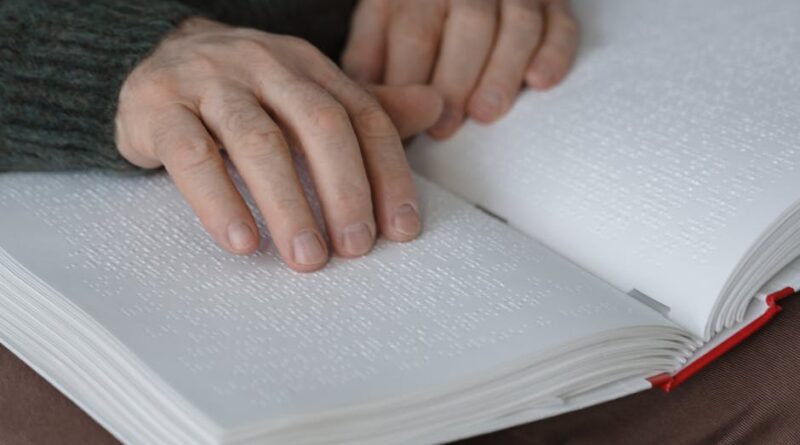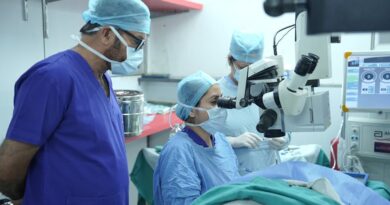Latest Studies on Vision Rehabilitation Methods
Have you ever wondered how people with vision loss adapt and thrive? Vision rehabilitation methods are improving all the time, helping many regain their independence. Recent studies have shed light on these innovative approaches, revealing exciting possibilities for those facing visual challenges.
What Is Vision Rehabilitation?

Vision rehabilitation is about helping people with visual impairments to live fuller lives. It includes training, tools, and support to improve daily activities. Think of it like physical therapy but for your eyes and brain.
This field combines different techniques, technologies, and therapies tailored to individual needs. For example, someone might learn how to use a cane or use special apps that read text aloud. The goal is to improve quality of life, making everyday tasks easier and more enjoyable.
Why Are New Studies Important?
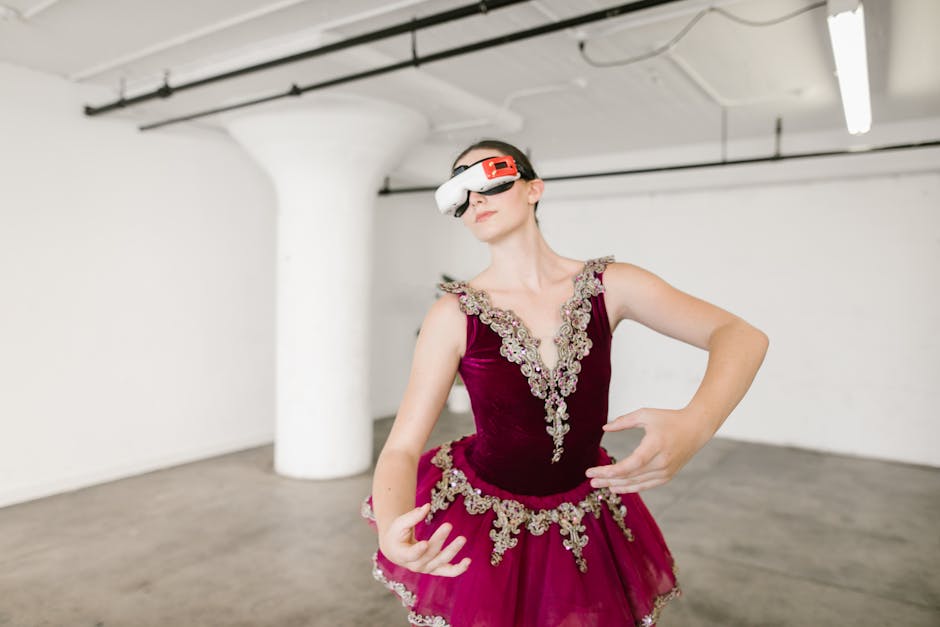
New research helps us understand what works best in vision rehabilitation. Each study brings fresh insights, allowing practitioners to refine their methods. With better data, they can offer more effective solutions to their clients.
According to a recent report from the American Academy of Ophthalmology, nearly 3 million Americans suffer from vision impairment. These studies can make a real difference for them. But what are the latest findings?
What Techniques Are Being Explored?
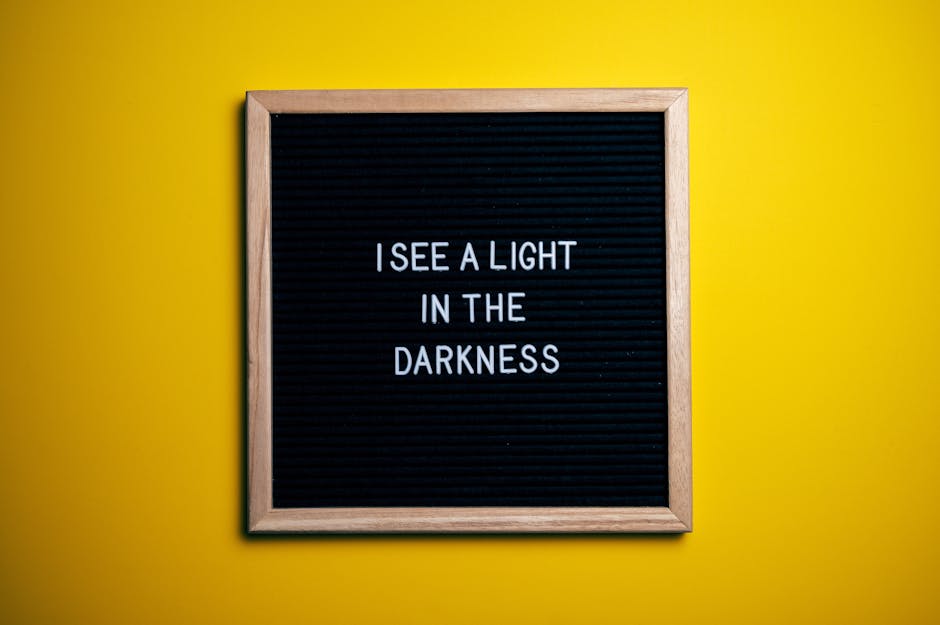
Researchers are investigating several promising techniques in vision rehabilitation. Here are some key areas of focus:
- Low Vision Aids: Devices like magnifiers help people see better. Recent studies show that combining these aids with training enhances their effectiveness.
- Vision Therapy: This involves exercises to improve visual processing. New techniques are showing promising results, especially for children.
- Virtual Reality (VR): VR can simulate real-world situations, allowing users to practice skills in a safe environment. Studies indicate that it can boost confidence and improve mobility.
- Adaptive Technology: Smart devices and apps are changing the game. Voice-activated assistants, for example, help visually impaired individuals manage daily tasks independently.
How Does Low Vision Aid Work?
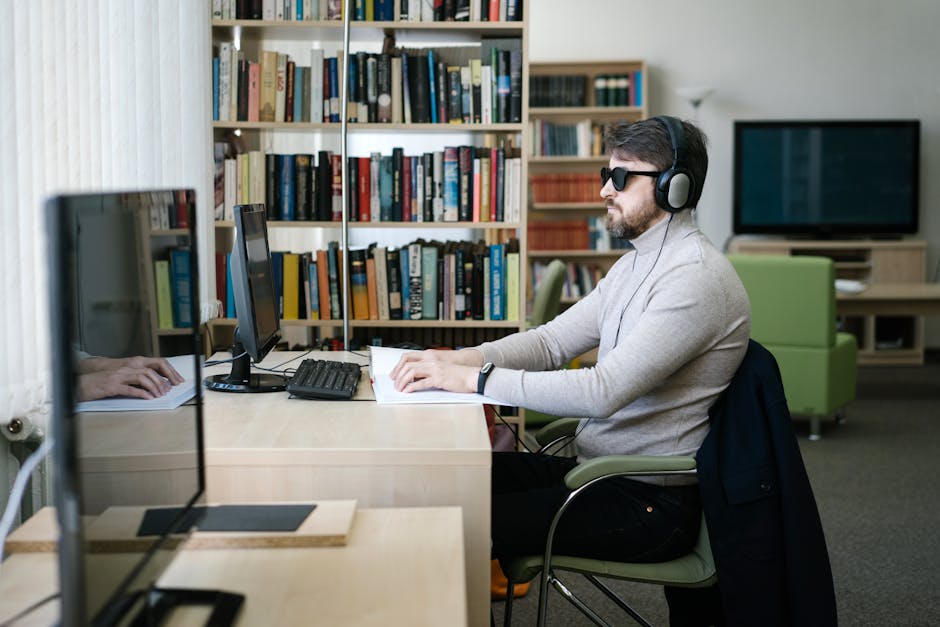
Low vision aids are specialized tools designed to help those with partial sight. They range from handheld magnifiers to sophisticated electronic glasses. A recent study found that users improved their reading speed and overall satisfaction with the help of these devices.
For instance, someone with macular degeneration might use a digital magnifier to read a book. This tool enlarges the text and enhances contrast, making it easier to see.
What Are the Benefits of Vision Therapy?
Vision therapy is not just for kids with eye tracking issues. It can benefit adults too. This therapy uses exercises to train the brain and improve coordination between the eyes. A recent study published in the journal Ophthalmology showed that adults who participated saw improvements in their visual skills, like tracking moving objects.
Imagine trying to play a sport or drive. Good visual skills are essential. Vision therapy helps people gain these skills back, leading to better performance and confidence.
How Is Virtual Reality Used in Rehabilitation?
Virtual reality is another exciting area of research. It immerses users in a 3D world where they can practice real-life scenarios. A recent study found that participants using VR for mobility training improved their navigation skills significantly.
Picture this: someone learning to cross a busy street. In VR, they can practice safely without any real-world risk. This method gives them the chance to build confidence before stepping out into the real world.
What Role Does Adaptive Technology Play?
Adaptive technology has transformed how people with vision loss approach daily tasks. Voice-activated assistants like Siri or Google Assistant can help users set reminders, send messages, or read news aloud. A survey revealed that 70% of visually impaired users felt more independent thanks to these technologies.
For example, someone could ask their smart device to read a recipe while cooking. This hands-free approach allows them to focus on the task without frustration.
Are There Any Limitations?
While these advancements are promising, they aren’t a cure-all. Not everyone will benefit from every method. Each persons needs and conditions are different, so personalized care is crucial.
Additionally, access to these technologies can be a barrier. Some might find it hard to afford or navigate new tools. Addressing these challenges is essential for making rehabilitation effective for everyone.
what’s Next in Vision Rehabilitation Research?
The future looks bright for vision rehabilitation. Researchers are constantly exploring new methods and tools. Exciting developments include:
- Artificial Intelligence: AI can analyze visual data and tailor rehabilitation programs to individual needs.
- Telehealth Services: Remote consultations are becoming more common, making it easier for people to access care.
- Wearable Tech: Devices that provide feedback about surroundings can help users navigate safely and confidently.
What Can You Do to Help?
Awareness is key. If you know someone affected by vision loss, share information about available resources and support. Encourage them to explore rehabilitation options.
Check local organizations or support groups that specialize in vision loss. They can connect individuals with resources and services tailored to their needs.
Final Takeaways on Vision Rehabilitation
Recent studies on vision rehabilitation methods show great promise. From low vision aids to innovative uses of technology, there are many ways to support those with visual impairments.
Remember, while exciting advancements exist, personalized care is essential. Each person’s journey is unique, and understanding their specific needs is crucial for success.
As we continue to learn more about vision rehabilitation, we can create a more inclusive world for everyone. The next time you encounter someone with a vision impairment, think about the tools and support that could help them thrive.
For more information on vision rehabilitation, check out the American Academy of Ophthalmology.
